
Windows 8's market share declines, but factor in Windows 8.1 and it's up -- but only just
NetMarketShare's monthly operating system statistics always make for interesting reading and analysis. For example, a month ago they showed Windows 7's growth was outpacing that of Windows 8. That was, naturally, just a blip, but in October -- the month that Windows 8.1 launched -- Windows 7 managed to make further market share gains.
There are other interesting things about last month's share statistics. Windows 8.1 -- which NetMarketShare has included since the Preview version launched -- is up, as you'd expect, while Windows 8 drops. Combined, the two operating systems see an overall rise, but the growth is slight.
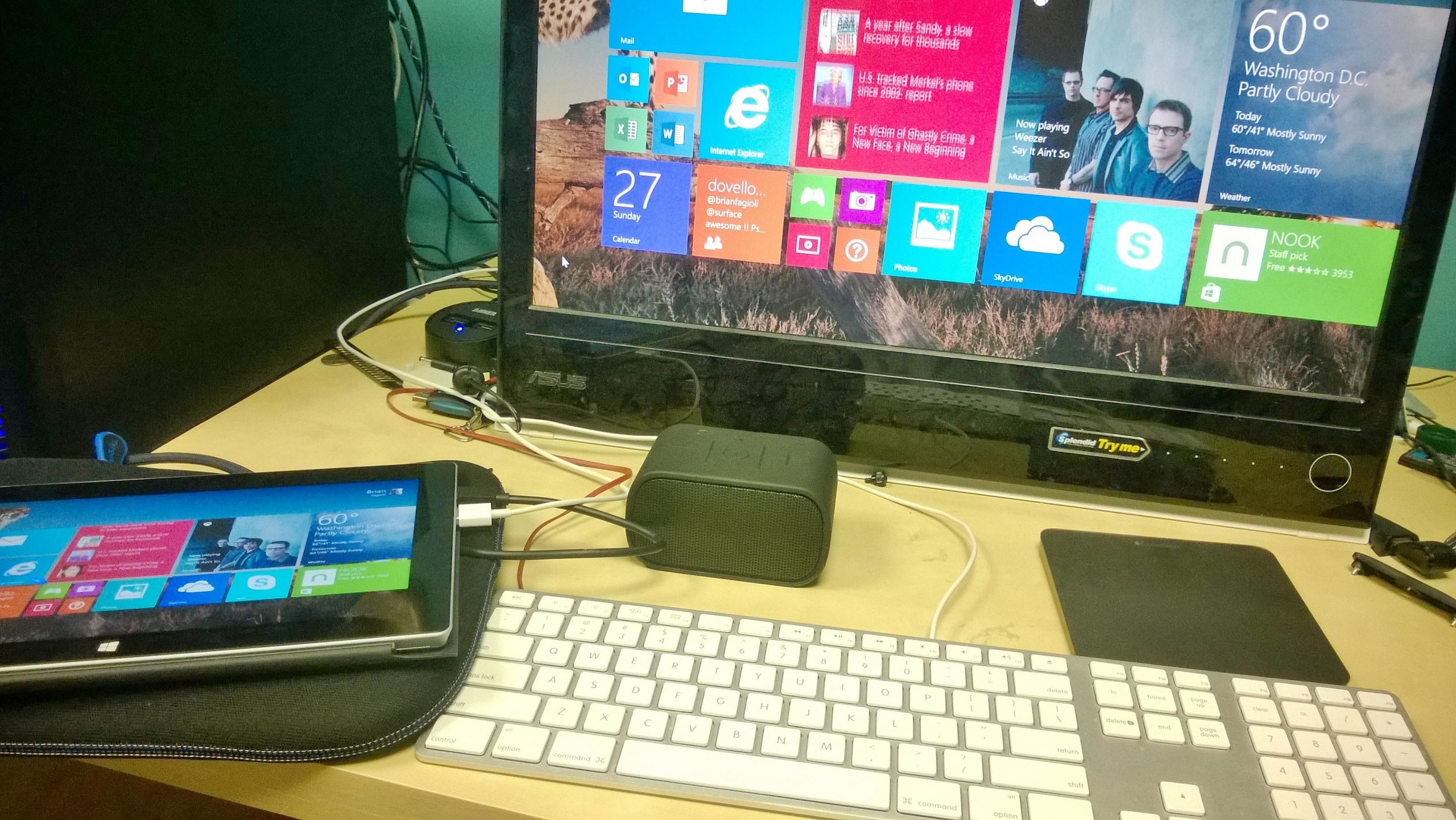
All-in with Microsoft, part 3 -- thoughts and conclusion
When I embarked on my Microsoft-only journey, I was scared. After all, my professional life and career depends on my use of technology. By limiting myself to only one company and its products, there could be room for more harm rather than good. However, I was also excited to try something new and share it with you.
In reality, people will not purposely restrict their choice in computing; they will choose the devices they want, regardless of brand. Quite frankly, many people mix and match brands and operating systems -- Windows laptop with an iPhone, iMac with an Android smartphone, etc. While I was using a Surface 2 with a Windows Phone in my experiment, that is not necessarily a common combination.

Windows 8.1's Calculator app sums up what's wrong with Microsoft's new OS
Windows 8.1 is great. But at the same time it -- and its predecessor -- is based on a slightly flawed concept. It's built on the idea of a one-size-fits-all operating system, but in order to get it to work across tablets, desktop PCs, laptops and hybrids, Microsoft has had to make various compromises. A bit like trying to make one suit fit four people with different body shapes.
Windows 8.1 (like Windows 8) fits best on tablets, but tweaks had to be made to ensure it runs on smaller screen sizes. Windows 8.1 works well on standard PCs, but you can almost feel Microsoft's disapproval when you're controlling the OS with a mouse and keyboard -- "But that's not how it's meant to be used!" As a desktop user there are various elements of the new OS which annoy me, but none more so than the Calculator app.
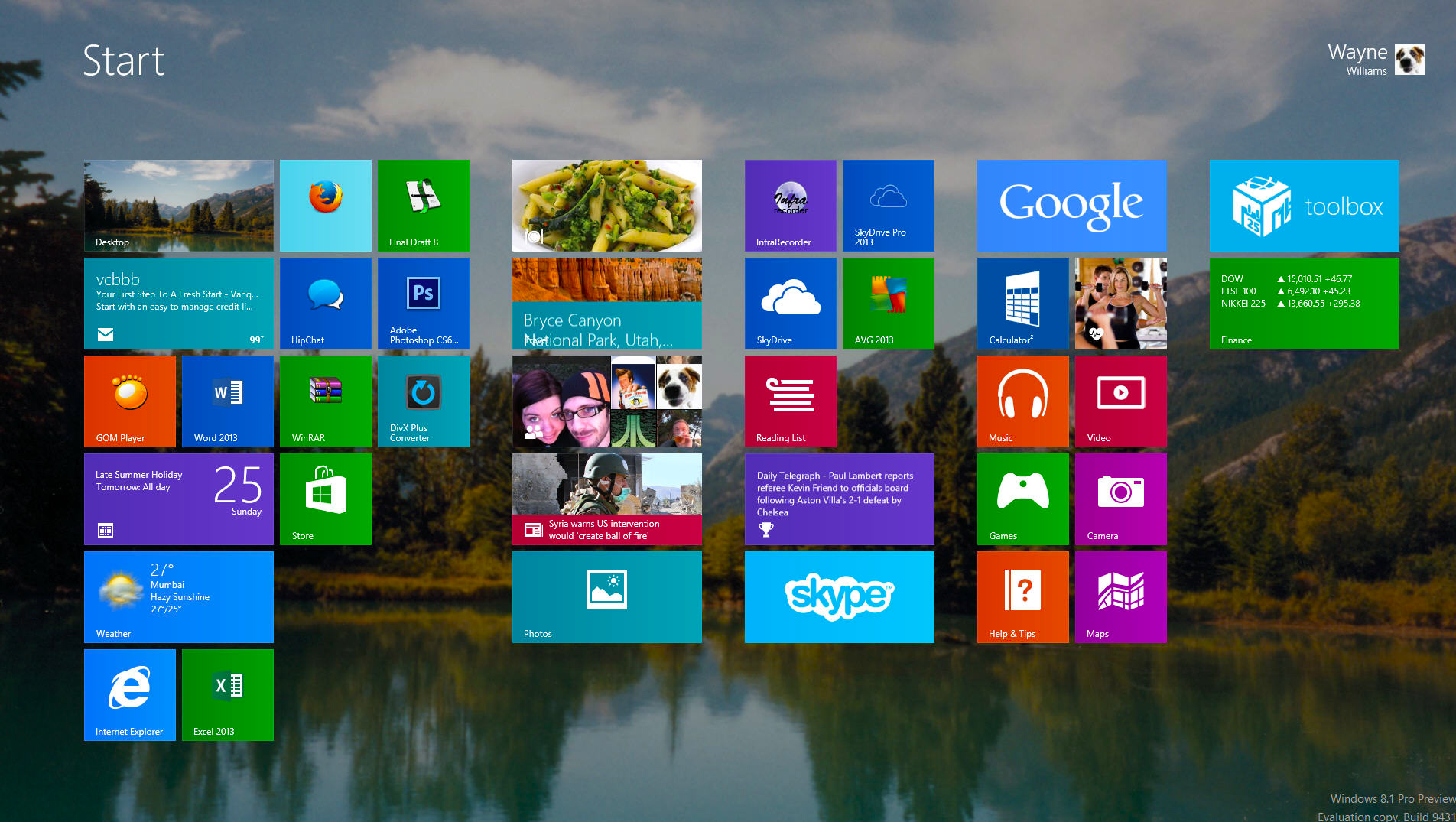
Automate login and bypass the lock and Start screens in Windows 8.1
Windows 8.1 is a huge improvement over Windows 8. Once you've spent any time in the preview (or one of the leaked builds) you'll find it impossible to go back to the obviously half-baked original.
But the default setup still has some annoyances that get in the way and prevent you from just booting up your PC and using Windows. For starters there's the lock screen to get through -- a delaying stage which serves little purpose in a home environment. Then you have to enter your password and log to in your Microsoft account, and finally, once you've cleared those steps, there's the Modern UI to go through on your way to the desktop. Fortunately you can configure Windows 8.1 to skip all of that nonsense.
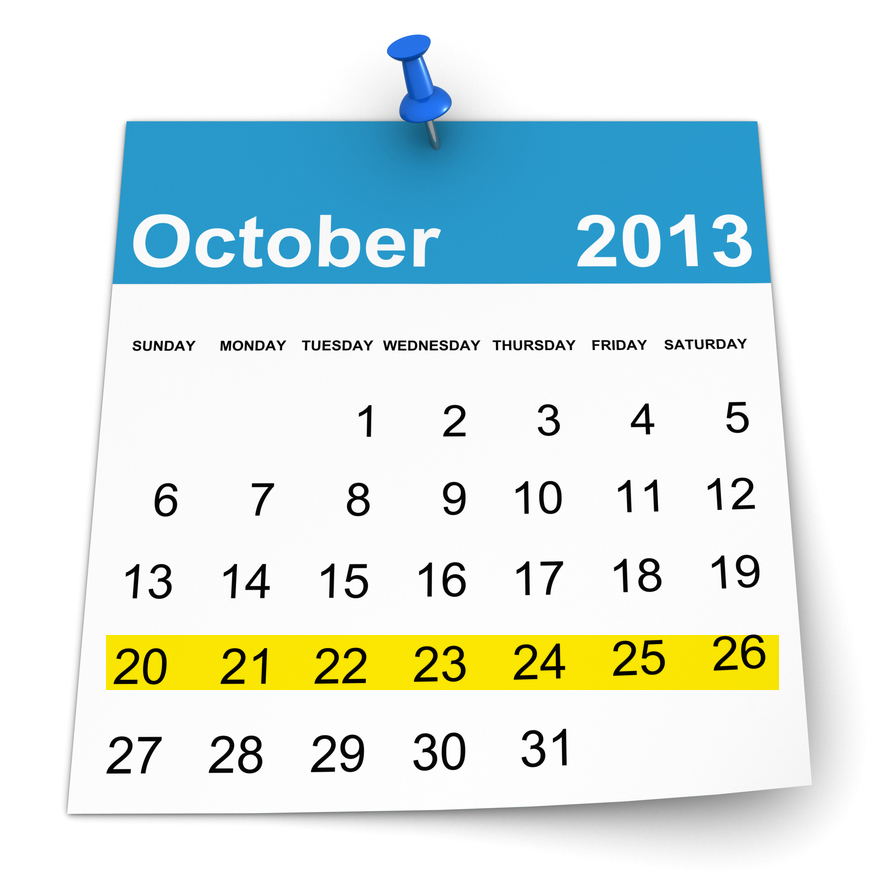
The most popular stories on BetaNews this past week -- October 20-26
Apple took center stage this week. At a special event the new iPad Air, iPad mini, Mac Pro and a raft of free software were all revealed, and we liveblogged through the whole thing. Not to be outdone by Microsoft, Apple decided to give Mavericks away free of charge along with iWork and iLife. But it was the iPad Air and mini that stole the show, sharing the same innards as the recently announced iPhone 5s, but boasting a redesigned exterior -- at least in the case of the Air.
Of course, no tablet launch would be complete without matching cases. There was also the interestingly designed Mac Pro which looks delightful and is a serious powerhouse, but has a price tag to match. After the big launch of the iPhone 5s, Apple showed off the latest addition to the iPhone range in a TV commercial.

Sorry Microsoft, Surface sales are still not good enough
Surface is the tablet market's laughing stock. Microsoft has introduced the two-slate lineup in an attempt to steer consumers away from Apple's iPads and the myriad of Android tablets, by luring them with Windows and its services. In theory, the idea sounded great when the lineup was unveiled in June, last year, showing plenty of promise from the get-go but, as it turns out, most people only want Windows on their desktops and laptops, and not on tablets. The lineup has yet to make great strides in the business segment also.
The moment of truth was in mid-July when Microsoft revealed a $0.9 billion write-off related to Surface RT inventory adjustments. This has clearly shown that the software giant planned to sell a lot more units while the market had other plans, which involved (yes, you guessed it) iPads and Android tablets. Fast-forward a quarter later and Microsoft is now carefully choosing its words, saying that Surface sales have since more than doubled but without announcing an exact number of units that were shifted during the three months ending September 30. But, the $400 million in revenue that the lineup generated still points to a bleak quarter, despite a different picture being portrayed.
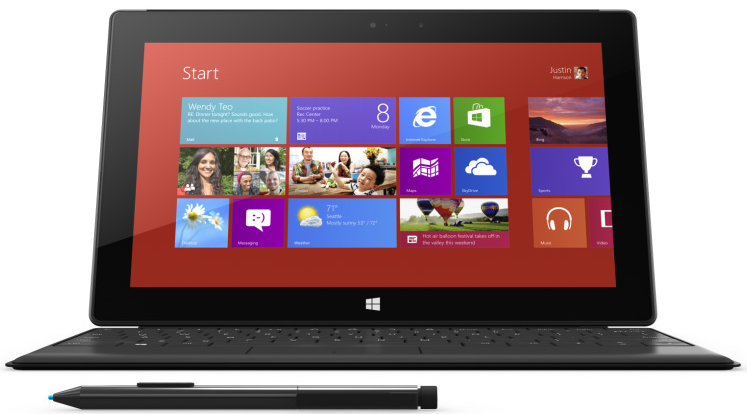
Microsoft Surface Pro gets a new price cut
In early August, Surface Pro received a $100 price cut in an attempt to lure prospective buyers, following the less than stellar revenues generated by Microsoft's tablet lineup. The base model would run for a more accessible $799, with the flagship costing $899. Now, the software giant is at it again, slashing the price of its Surface Pro one more time.
The latest Surface Pro price-cut comes in response to the arrival of the new Surface Pro 2, that touts significantly better battery life and performance improvements and a price that kicks off at $899 for the base model. Unsurprisingly, Microsoft wants to give Surface Pro a real fighting chance at raking in more sales before pulling the plug.
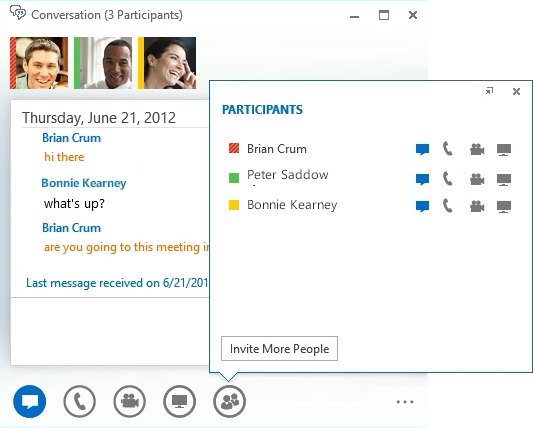
Microsoft Lync voice leads the enterprise
The traditional telephone and email setup at many businesses is dying. This old-school approach is no longer efficient. As crazy as it is to call email "old school", that is exactly what it is. Many business users want the ability to reach out in real-time, with the option to escalate the interaction to voice or screen-sharing. Lync is the dynamic software solution which is trailblazing the corporate world.
If you aren't familiar, Lync is a business-focused instant messaging client for Windows. However, it is so much more than that -- it is a communication service that brings colleagues together. It provides VOIP, instant messaging, video chat and screen-sharing. The magic of the software is the integration with Outlook -- your status can be automatically updated to reflect your meetings and appointments. Today, Microsoft announces that adoption of the software is booming.
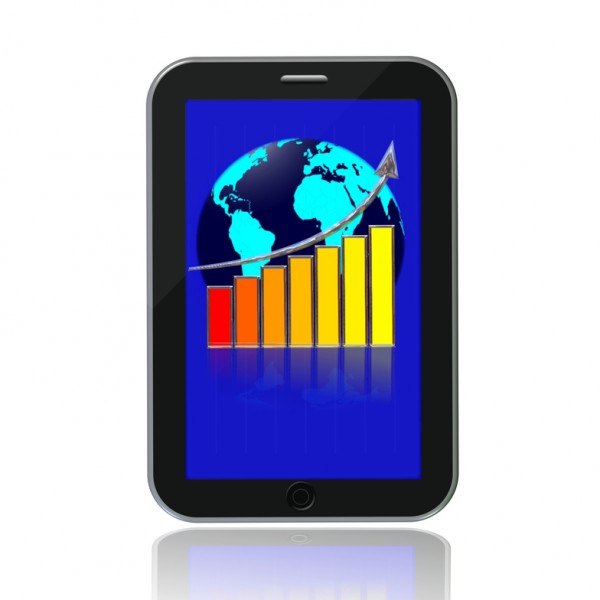
PCs slump, tablets rocket as consumers switch to cheaper kit
Combined shipments of devices -- PCs, tablets and mobile phones -- are set to reach 2.32 billion units in 2013 according to technology research specialists Gartner. This represents a 4.5 percent increase over last year, but much of the growth is driven by a shift to lower priced devices.
Traditional PCs are forecast to show an 11.2 percent decline, which drops to 8.4 percent when ultramobiles are included. Mobile phone shipments are forecast to grow 3.7 percent to around 1.8 billion units. It's tablets that are still the darling of the consumer though, shipments are expected to be up a whopping 42.7 percent this year reaching 184 million units.
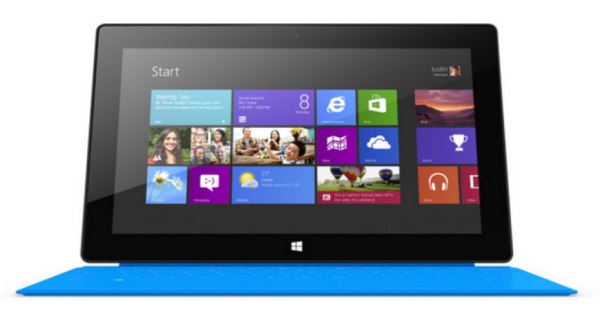
Microsoft pulls Windows RT 8.1 update from Windows Store
Just about everyone with a desktop, laptop or even a Surface Pro running Windows 8 has been busy updating to Windows 8.1 over the past couple of days.
But things aren’t so rosy for anyone with a Surface RT. After a number of users took to Microsoft forums to complain about problems updating their tablet/laptop hybrids to the latest version of Windows, the update was pulled from the Windows Store.
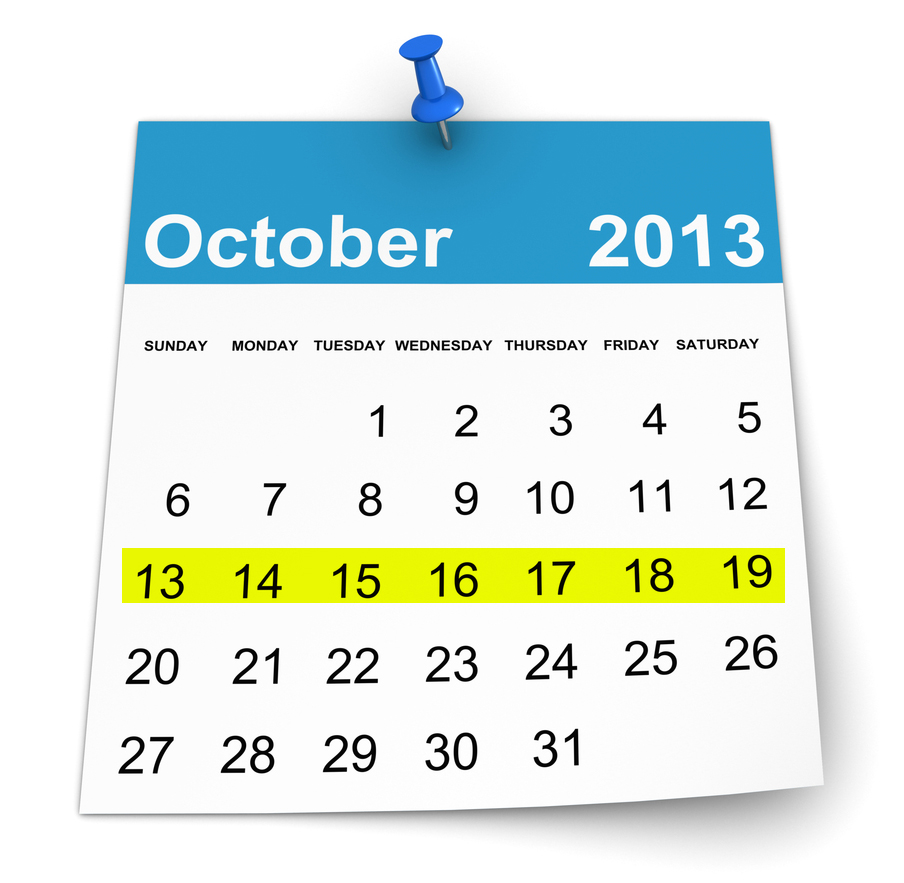
The most popular stories on BetaNews this past week -- October 13-19
This was another week in which Microsoft managed to steal the show, this time with the public release of Windows 8.1. Here at BetaNews we were fully prepared for the upgrade and showed off what's new. While we're generally impressed with the update, there's still a little room for improvement. Of course the Start menu (or lack thereof) is still a sticking point, but you can get this back. The operating system update was preceded by a raft of updates to Window's built in apps.
Windows 8.1 may be where it's at right now, but there are still plenty of people running Windows XP. Google announced that Chrome users on XP would be supported for a year after the OS is retired.

Microsoft, why is Windows 8.1 still missing a notifications panel?
There is no denying that Windows 8.1 dwarfs Windows 8 in every single way that matters. The new operating system is more feature-rich, more suited for tablet use, more suited for PC use and far closer to what a modern OS should be like. The warm feelings towards it are reflective of how Windows 8 was like at first -- let's just say that the standards were low to begin with.
But for some strange reason, Microsoft still does not prioritize having a notifications panel in any of its consumer operating systems. This is an oversight that I thought the software giant would address in Windows 8.1, seeing as it has been a major known problem since Windows 8 arrived. However, once again Microsoft has decided to not include it. And, to be frank, it is one of the worst decisions that the company made this year. I bet not many will miss Steve Ballmer. I sure won't.
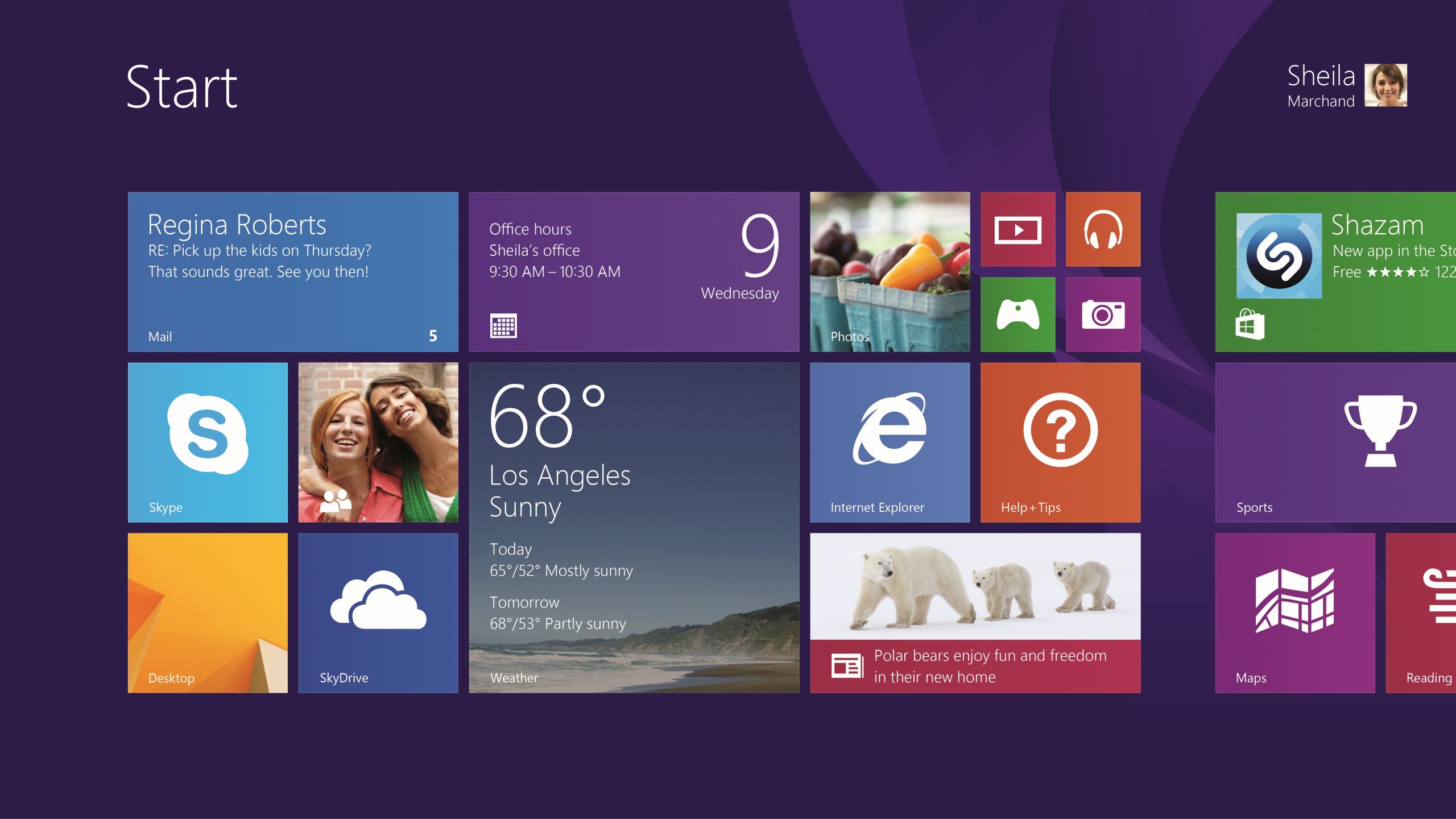
Microsoft officially launches Windows 8.1
Today, Microsoft officially launches Windows 8.1 to the public, after almost two months since its new operating system reached the RTM status. The latest release is packed with many new features and improvements over its controversial predecessor, Windows 8, including the revival of the Start button and the much-awaited option to boot straight to the Desktop and avoid the Modern UI.
Just like Windows 8, Windows 8.1 is available to consumers in just two editions: base and Pro. The former is aimed at home users while the latter also includes features such as BitLocker encryption and hosting Remote Desktop Connections that are suitable for business use. There are also pricing differences between the two.
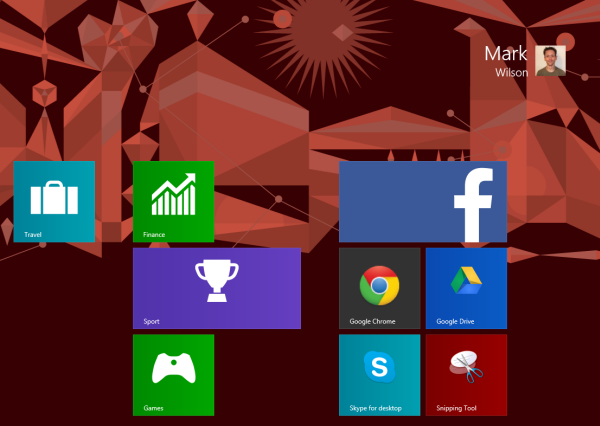
What's still wrong in Windows 8.1
Before you recoil, a brief disclaimer. I love Windows 8.1. In its own right, it is a great operating system, and a massive jump forward from Windows 8. There have been lots of little changes and additions -- and some not so small -- that have collectively transformed Windows 8 into something that can be taken seriously. But it's not perfect. Microsoft has taken steps to address the concerns of users moving from Windows 7 and earlier, but there is still room for improvement.
A gripe of mine -- and one shared by many people -- is the existence of the Modern UI. While it may make sense on dedicated tablets, for desktop users, it creates an odd, disjointed experience. Microsoft has seen fit to make it possible to boot straight to the desktop so you would think that if you were not a fan of the Modern UI, it would be possible to avoid this side of things completely. But no.
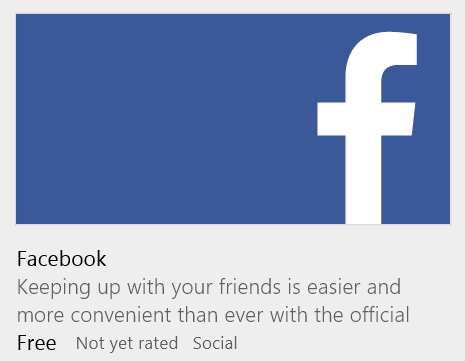
Facebook releases official app for Windows 8.1
Facebook fans running Microsoft's tiled OS need no longer turn to third party solutions -- the official Facebook app is now available in the Windows Store.
It has been a very long time coming, but the social network finally has its own official app, arriving just in time for the release of Windows 8.1. The app has the look and feel of Modern UI apps and includes a live tile that is used to display updates.
